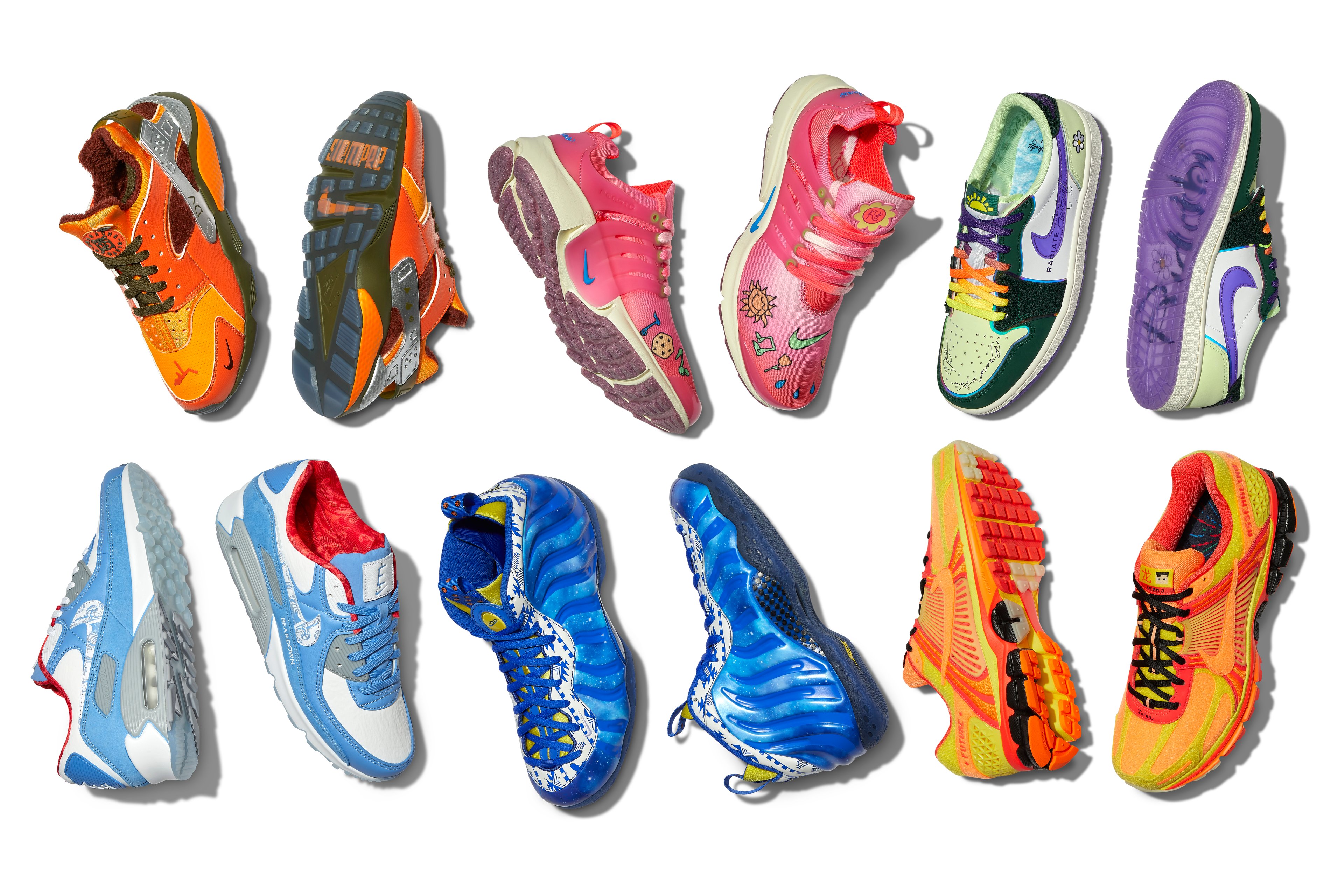Nike (NKE +0.87%) recently signed its first ever lifetime deal with LeBron James. Although the terms of the deal were not publicly disclosed, sports analysts estimate that it could be worth between $500 million and $1 billion. Falling short of the billion dollar mark, it would still dwarf Kevin Durant's previous $300 million, 10-year contract with Nike. Let's look at the key numbers behind this deal to understand why King James is probably worth every penny.

Source: Nike
Nike's biggest deal ever?
Several media outlets, including Forbes, are calling this the "largest deal in Nike history". However, that title probably still belongs to Nike's dealings with Michael Jordan, which spawned its popular line of Jordan Brand sneakers.
Nike is also highly secretive about those terms, but Jordan recently disclosed in a court case that he earned $480 million from Nike between 2002 and 2012. Earlier this year, ESPN sports analyst Darren Rovell estimated that Jordan could be earning $100 million per year in royalties from Nike. SportScanInfo estimates that sales of Jordan Brand sneakers climbed 17% annually to $2.6 billion in 2014.
By comparison, sales of LeBron James' signature shoes rose 13% annually to $340 million last year and should top $400 million in 2015. His shoes are still considered Nike's best-selling namesake footwear, since Jordan sneakers are sold under a separate brand. Revenue from James' shoes was also nearly double the revenue generated by Kevin Durant. Nike reportedly considered spinning off LeBron James into a separate business but eventually decided against it.

Source: Nike
The math favors Nike
In that context, paying James $500 million to $1 billion for a lifetime contract sounds like a smart move. Assuming that his shoes continue to generate $400 million or more in annual sales for Nike, the deal will pay for itself within a few years. If Nike decides to expand James' shoes into an independent brand, it could generate substantially higher sales with a larger product lineup.
Last year, Nike generated $30.6 billion in total revenue. Nearly 10% of that was associated with two players -- Jordan (8.5% of revenue) and James (1.1%). That star power helps Nike dominate the shoe market. According to Sporting Goods Intelligence, Nike controlled 48% of the U.S. footwear market last year, followed by VF Corp at 9.2%, Adidas Group at 8.7%, and Under Armour at 2%.
Nike and the NBA are inseparable
VF, which owns Timberland, Reef, Vans, and The North Face, doesn't directly compete against Nike, since its shoes are mainly designed for hiking, skating, and other adventure sports. As a result, it doesn't ink huge deals with athletes. Adidas, which also owns Reebok, recently signed a $200 million deal with James Harden after Nike refused to match the bid. Under Armour's best-known spokesmen include Tom Brady and the Rock.
None of these rivals are able to match Nike's symbiotic relationship with the NBA. Ever since Nike introduced its first Air Jordans in 1984, the company has continuously secured top-tier NBA players with big contracts to generate even bigger payoffs. Last quarter, Nike noted that most of its 14% annual sales growth (excluding currency impacts) came from its sportswear, running, and basketball segments.
$1 billion for LeBron, $1 trillion for Nike?
Shortly after the James deal was announced, several sports analysts speculated that the deal could generate $1 trillion in sales for Nike if it uses the deal as a foundation for a new brand. However, those analysts didn't lay out a timeframe or specifics of how Nike would generate a trillion dollars from that deal.
That number is more than 30 times higher than total Nike revenue last year. Assuming that Nike develops a separate LeBron James brand, and it generates annual sales comparable to those of the Jordan Brand at around $3 billion, $1 trillion would be equivalent to over 300 years of sales. That $1 trillion figure is nothing more than hyperbole. Nonetheless, the LeBron James deal was a smart move for Nike, which will widen its already massive moat against its potential rivals in the basketball shoe market.









